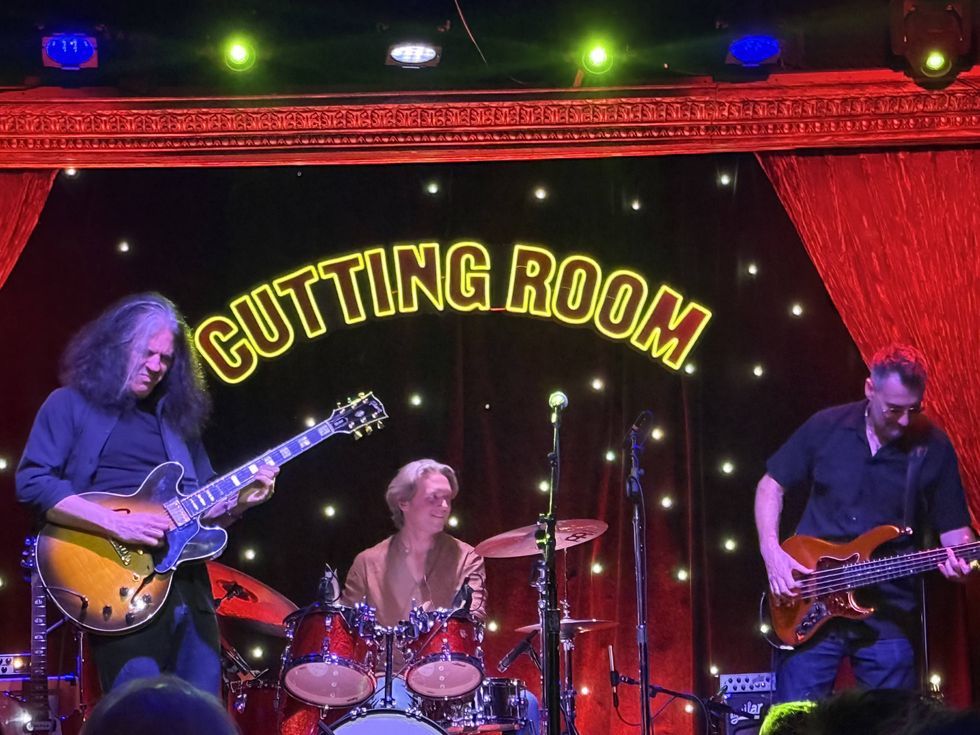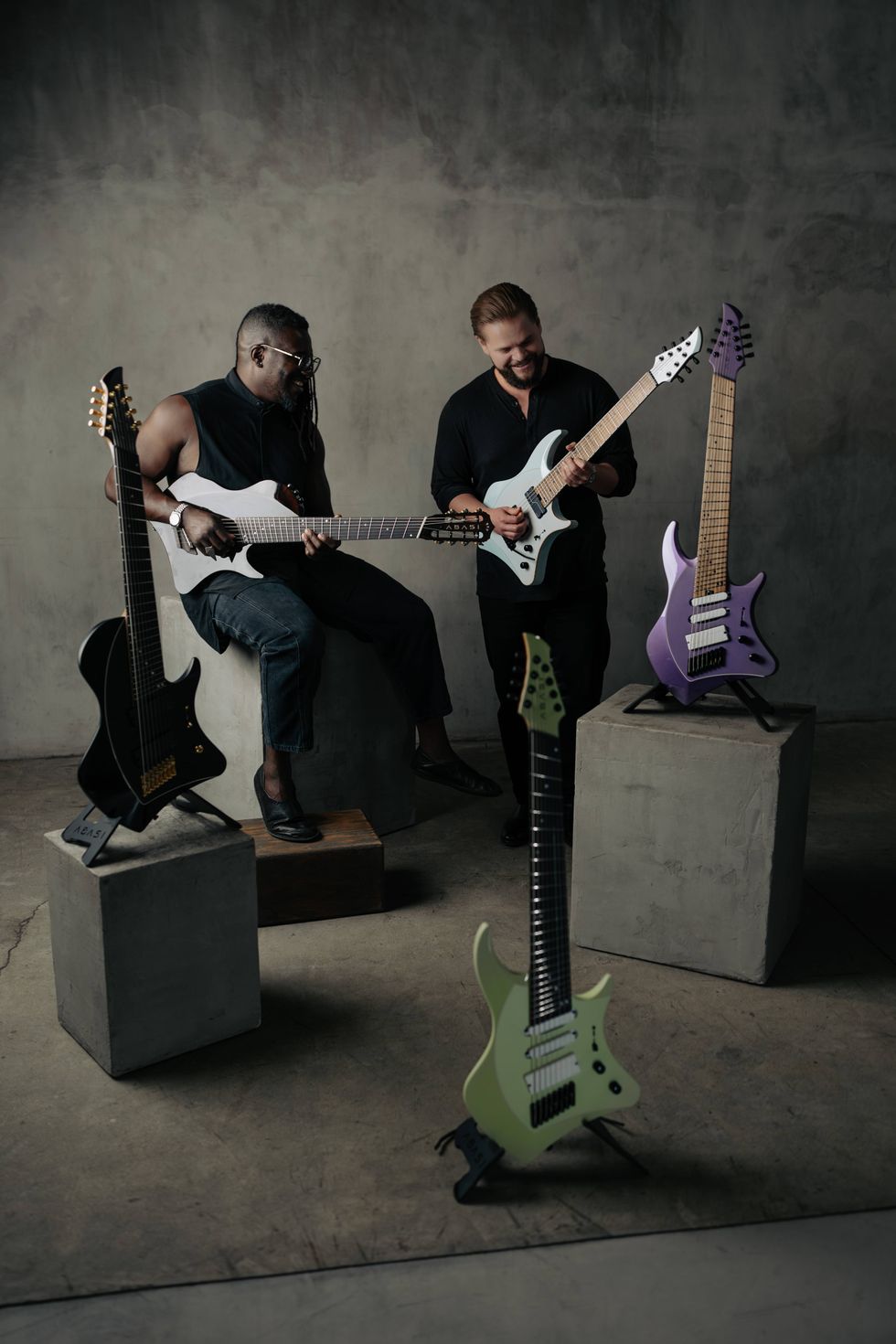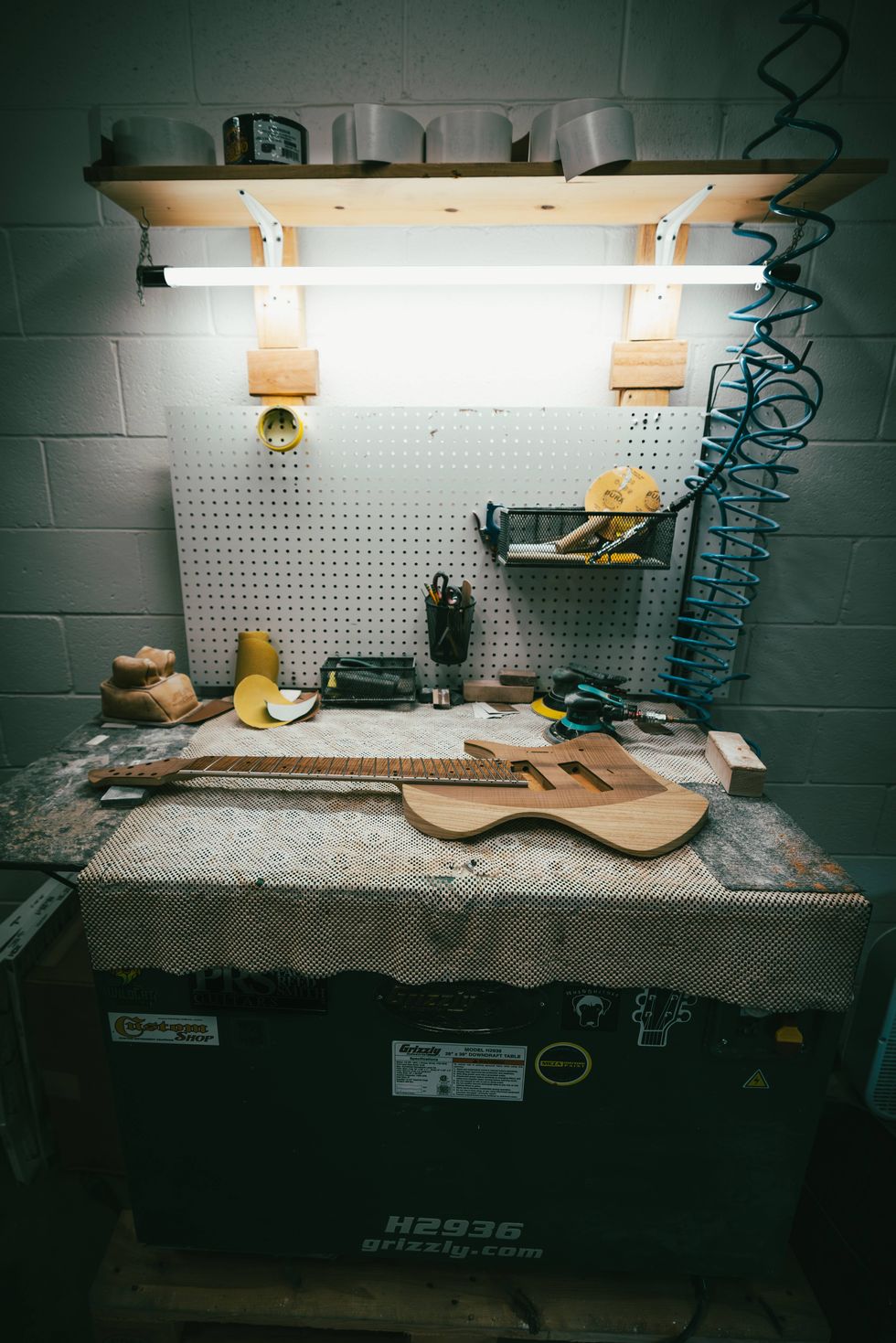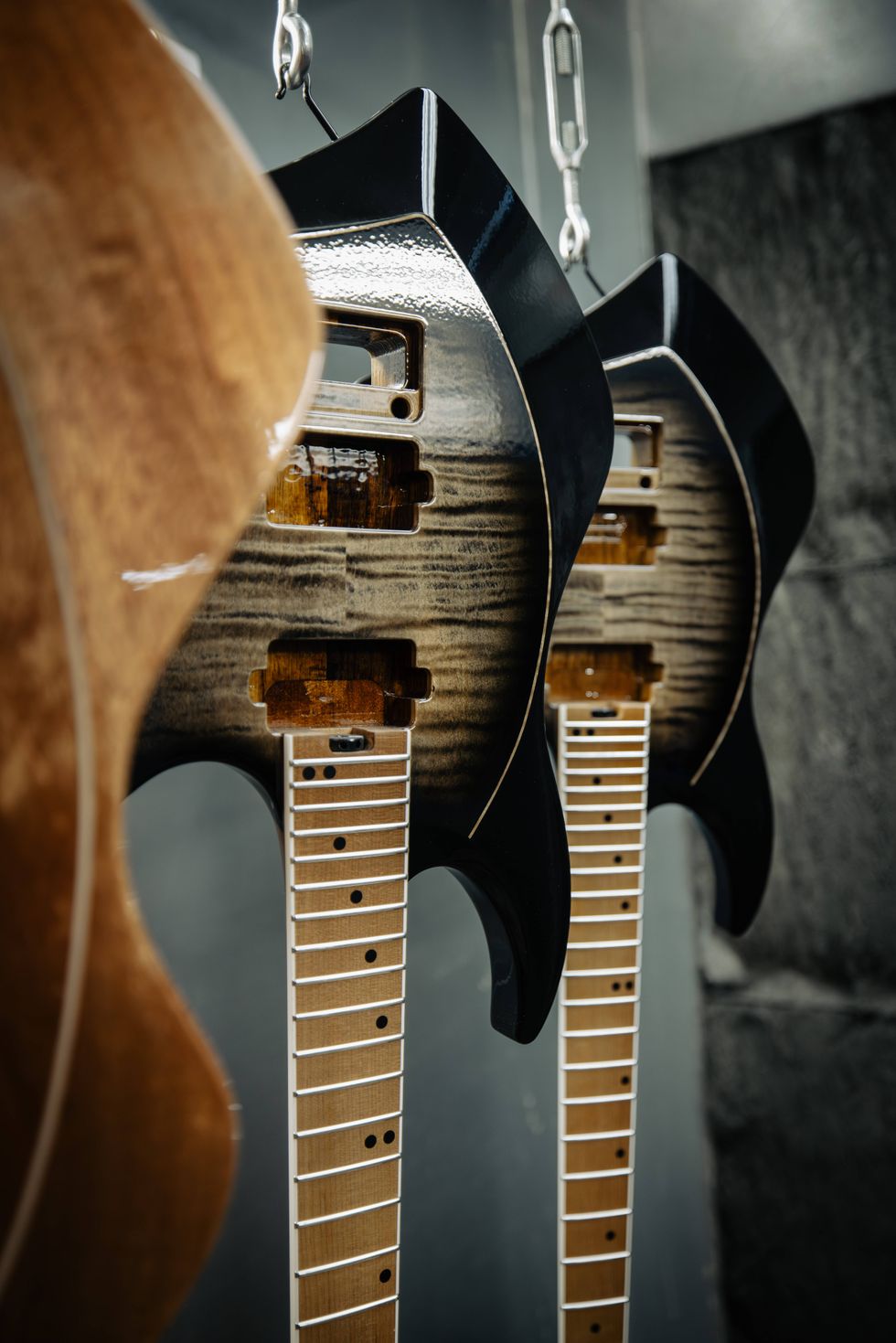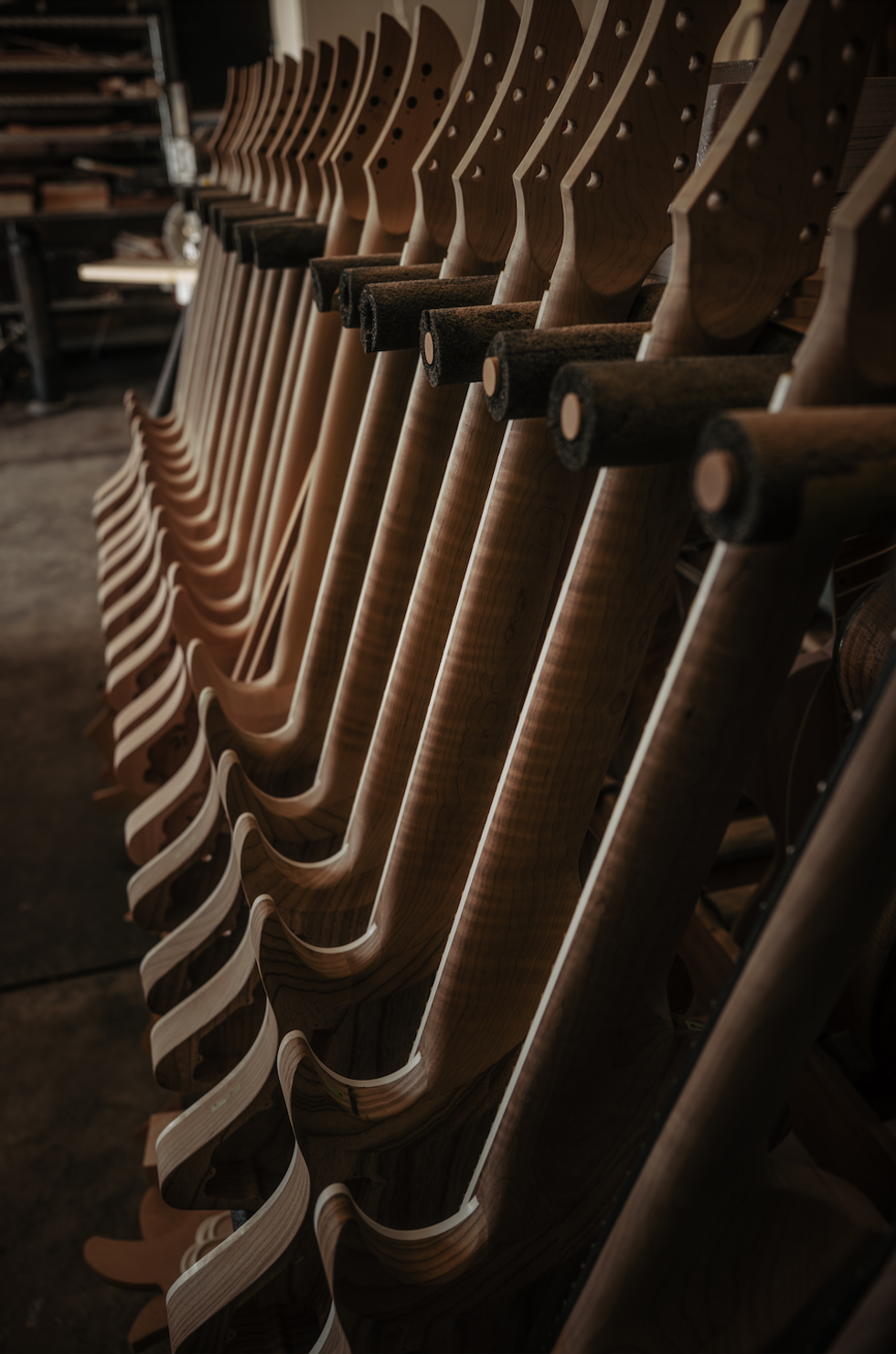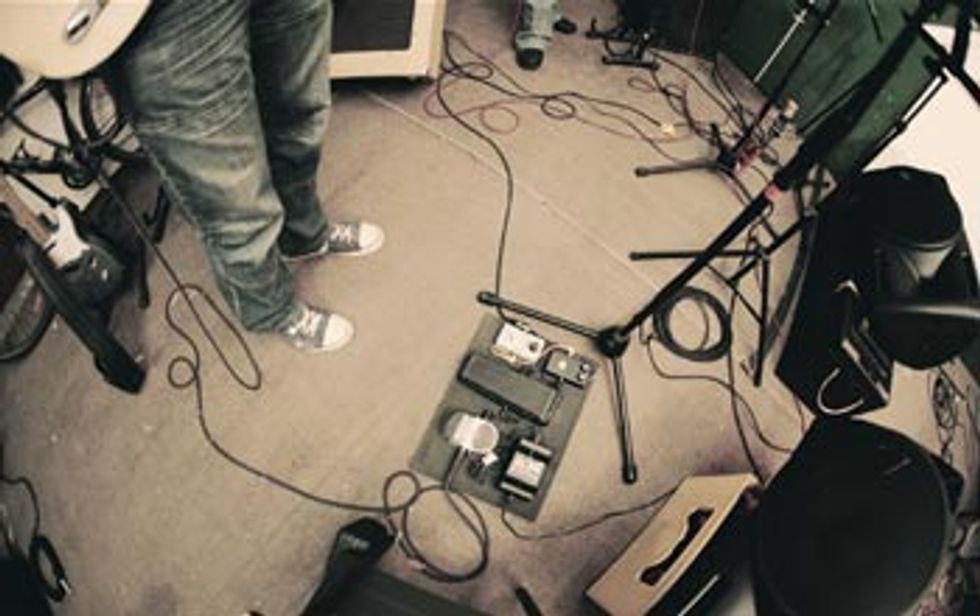 Time is money, especially in the world of the recording studio. But all too often musicians waste resources by not being prepared for their recording session. A few small preparations will not only save time and money, but can also help your session run smoother. Here is a checklist of some things to remember the next time you are preparing to embark on a recording project.
Time is money, especially in the world of the recording studio. But all too often musicians waste resources by not being prepared for their recording session. A few small preparations will not only save time and money, but can also help your session run smoother. Here is a checklist of some things to remember the next time you are preparing to embark on a recording project. Prepare Yourself
First and foremost, you are a musician. No amount of gear can make up for a bad performance or lack of preparedness. That’s why making sure that you are musically ready for your recording session should be first on the list. Nothing brings the creative process to a halt quicker than a band member who isn’t rehearsed. Practice your songs until you know them perfectly before you ever set foot in the tracking room; that way you can utilize your studio time to improvise, experiment and improve your performance, as opposed to trying to remember if the chorus or bridge comes next. Show up for the session on time. Do what you need to do to be clear-headed and focused; leave any unwanted distractions at home, and make sure you are fully rested and fed before the session starts.
Guitar Tips
As a studio owner and engineer, I’m continually amazed at how many guitarists don’t maintain their guitars. Think ahead and make sure your instrument is performing at its best and that it will stand up to the scrutiny it will undergo in a recording. Here is simple list of things that all guitarists should remember.
- Change your strings and pack extra sets. No one wants to sit and wait while you run to your local guitar shop to pick up a set of strings after you snap one on your solo. A recording makes it very obvious if your strings are old or are so dead they won’t play in tune or sustain.
- Make sure your guitar’s electronics are working correctly. You can do amazing things to fix a recording in today’s digital studio, but no engineer enjoys editing crackle from your guitar tracks because of a dirty selector switch or worn out pot.
- Do a thorough set up on your guitar, or take it in for a professional setup a few days in advance of your session. Ensure that the action is set up to your specifications and get rid of any fret buzz that might be present. Make sure the intonation is dialed in so that you can play in tune no matter where you are on the neck. While buzzes and slightly outof- tune playing may pass unnoticed in a live setting, they can become painfully obvious in the rarified air of the recording studio.
- Don’t forget your tuner. Verify your tuning regularly during the recording session, double- checking every few takes to make sure there isn’t any drift. Technology is wonderful, and in some cases the engineer may be able to re-tune a few notes in a solo, but forget about fixing out-of-tune notes within chords.
Your amp tone is about to be immortalized on tape, so make sure it is working perfectly to ensure you get the tone you’re looking for. If you have a tube amp, consider replacing the tubes and having a pro bias your amp to ensure you are getting the best possible tone and performance from it. Check the amp’s inputs and control knobs to ensure you don’t have any dirt in the pots that could cause crackle or noise. Perform a quick maintenance check on the speaker and the speaker bracket as well as the other components in the cabinet. I once spent 20 minutes in a session trying to locate a rattle that I eventually found was coming from a speaker bracket that wasn’t tightly fastened to the cabinet of the amp.
Pedals and Effects
If you use stompboxes or rack effects, make sure they are operating properly and aren’t sucking tone or level away from your signal. Consider new high-quality cables for your complete guitar rig, including your pedalboard interconnects – if you don’t want to replace all your cables, at least bring a few spares that are known to be in perfect condition. Remember to pack extra batteries or a spare power supply for your pedals; a power strip or two and an extension cord are also wise accessories.
It never hurts to bring a selection of guitars along in case something happens to your primary instrument, or to provide different tonal colors. One axe may serve you well onstage, but in the studio you may find yourself wanting different textures to add depth to the recording, including acoustic guitar tones. Finally, don’t forget straps and picks.
The recording studio can be a wonderful, creative environment for capturing your music, but it can also turn into a very expensive disaster if you aren’t fully prepared. In the immortal words of Benjamin Franklin, “Failure to prepare is preparing to fail.”
Kurt Martin
Kurt Martin is an avid guitar and keyboard player who owned and operated his own studio for over ten years. He spent five years as a freelance engineer in Nashville, Tennessee, and now works at Sweetwater as a Sales Engineer and operates a project studio for audio and video clients. He can be reached at 800-222-4700 x1237 or kurt_martin@sweetwater.com.












